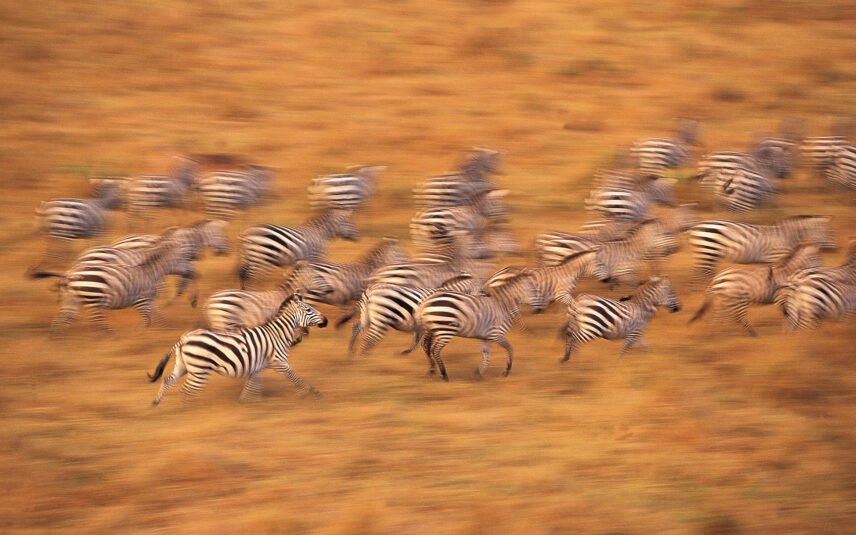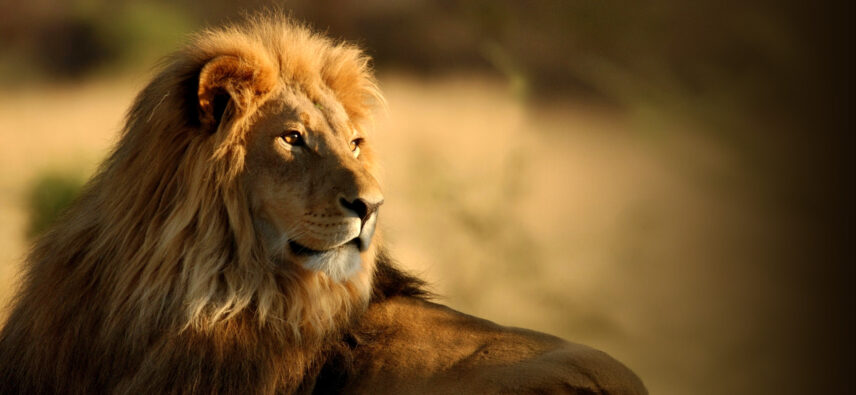
Sep 21, 2024
10 Reasons Why You Should Visit Zanzibar After a Safari or Trek
It’s no wonder why travelers choose Zanzibar after their Tanzanian safari or trek. White sand beaches, gorgeous weather and a vibrant cultural legacy make this island paradise a must-see.
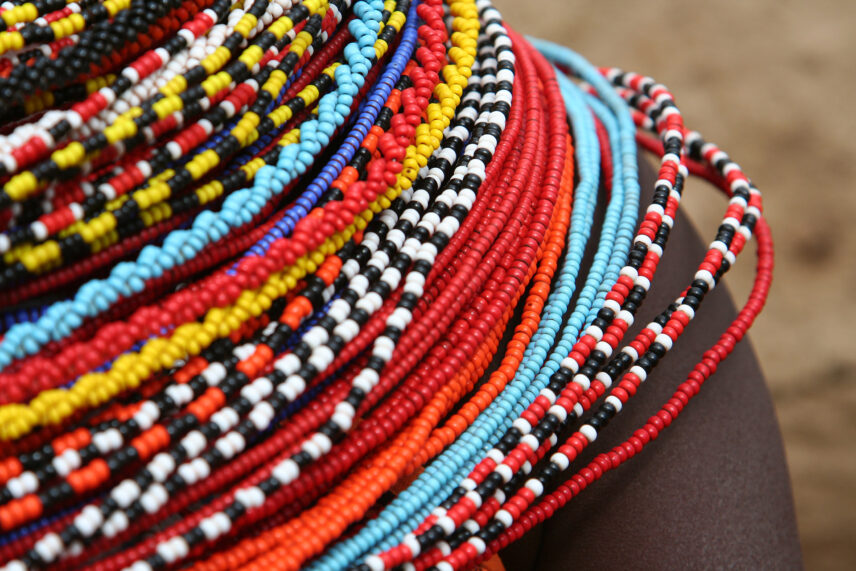
Oct 18, 2022
5 Things You Didn’t Know About Maasai Beadwork
Many of our guests are fascinated by the beautiful Maasai beadwork they find on safari in Tanzania. The beadwork is used to create accessories like necklaces, bracelets, pendants, anklets, belts,…
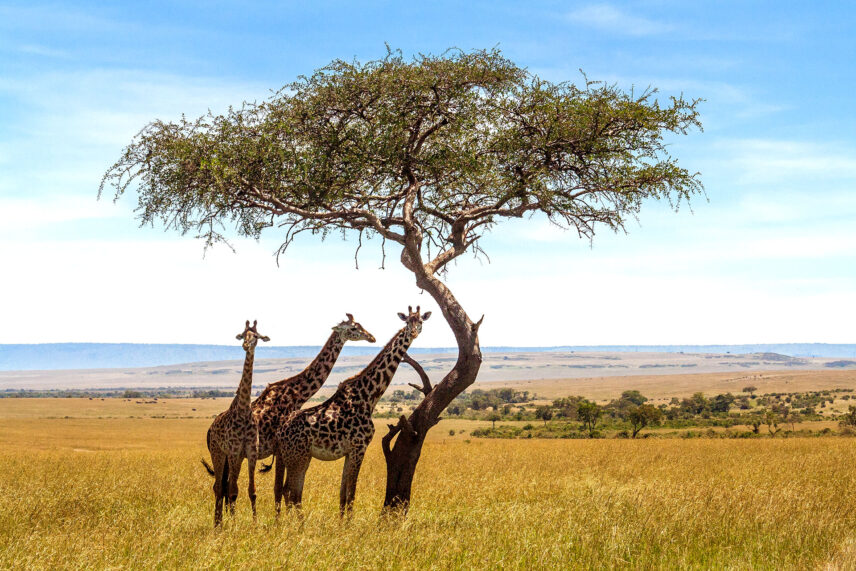
Jan 07, 2022
Why Visit Tanzania? 15 Facts You Probably Didn’t Know about the Country
Synonymous with staggering beauty and boundless plains, Tanzania is home to some of the most incredible displays of nature on the planet. Between the Serengeti, Mt. Kilimanjaro and Zanzibar, Tanzania…
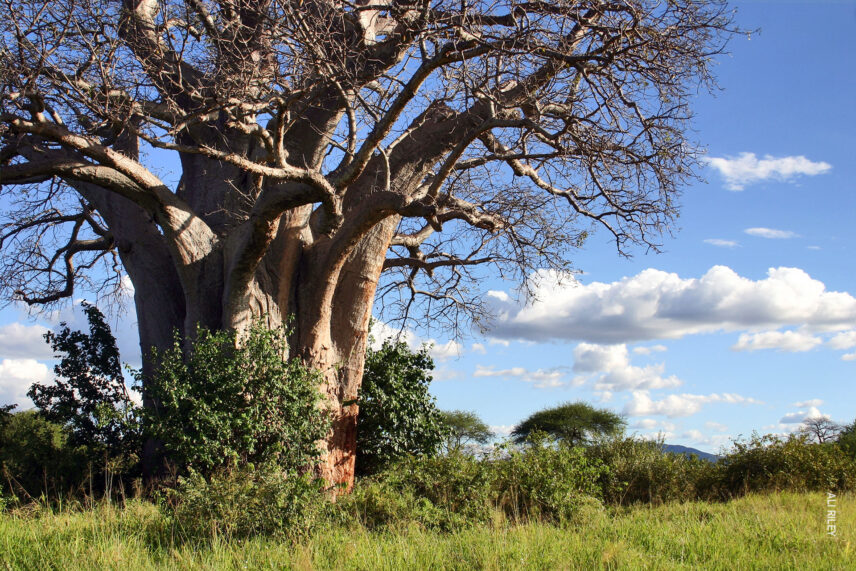
Jan 05, 2022
Why the Baobab is Tanzania’s “Tree of Life”
Baobab trees play a huge role in Tanzanian iconography: these behemoths loom over the bush with high, writhing limbs and bulbous, columnal trunks. Boasting over 300 applications by humans and…
